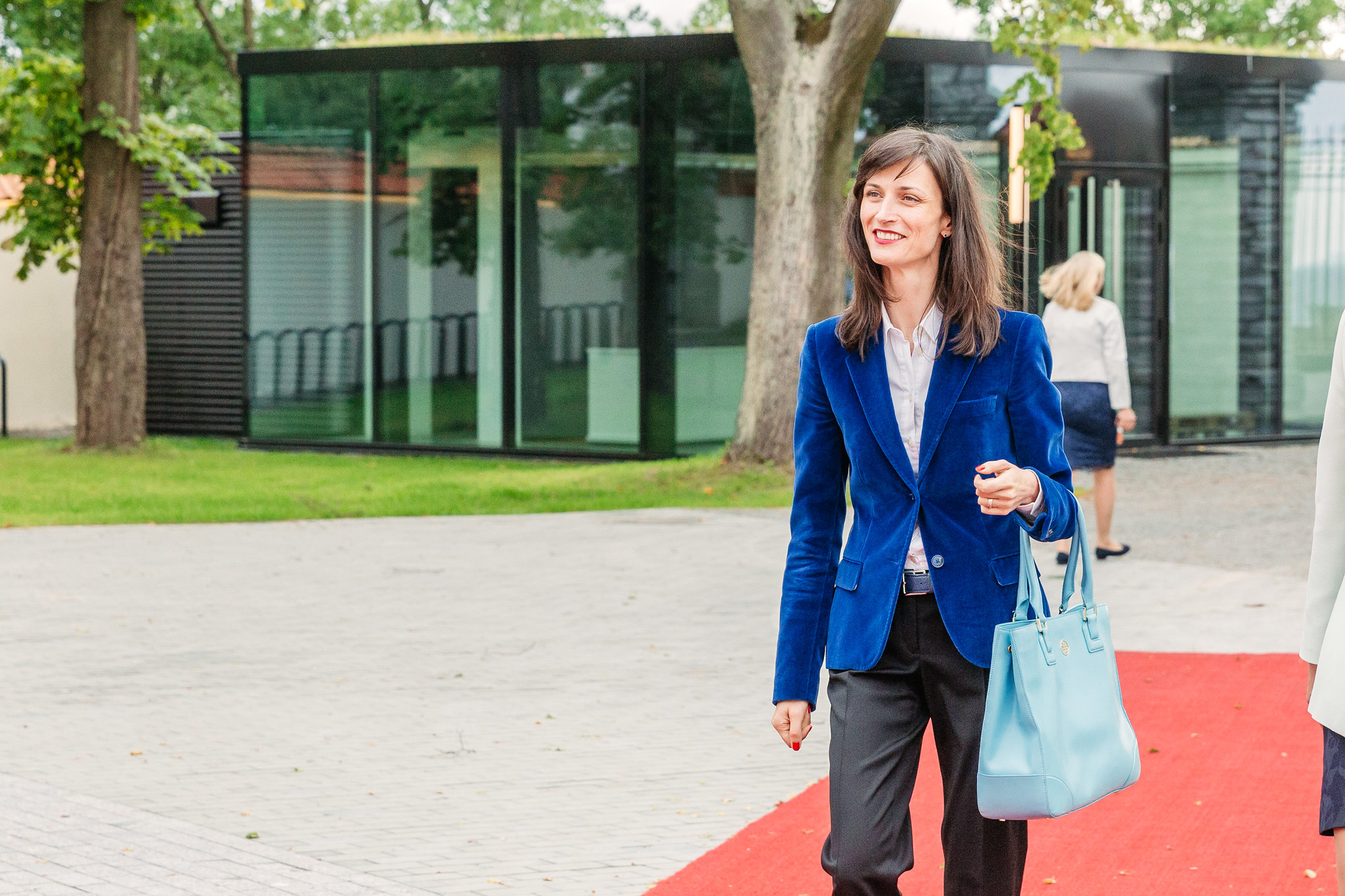
5 Must-Reads to Understand How Open Access Can Shape Research on Covid-19
COVID-19 could kill the for-profit science publishing model. That would be a good thing.
by Michael Hilrzik
LA Times, March 3, 2020
“Of all the ways the current coronavirus crisis has upended commonplace routines — such as disrupting global supply chains and forcing workers to stay at home — one of the most positive is how it demonstrates the value of open access to scientific research.”
Coronavirus and Ebola: could open access medical research find a cure?
by Rachael Pells
The Guardian, January 22, 2020
“In other words, hiding research papers behind a subscription paywall – as is the case for an estimated two-thirds of all research – could be killing people. There are countless examples of how failure to share science openly can have a devastating impact on public health.”
‘A completely new culture of doing research.’ Coronavirus outbreak changes how scientists communicate
by Kai Kupferschmidt
Science Magazine, February 26, 2020
Two of the largest biomedical preprint servers, bioRxiv and medRxiv, “are currently getting around 10 papers each day on some aspect of the novel coronavirus,” says John Inglis, head of Cold Spring Harbor Laboratory Press, which runs both servers. The deluge “has been a challenge for our small teams … [they] are working evenings and weekends.”
The hunt for a coronavirus cure is showing how science can change for the better
by
So while cities are locked down and borders are closed in response to the coronavirus outbreak, science is becoming more open. This openness is already making a difference to scientists’ response to the virus and has the potential to change the world.
But it’s not as simple as making every research finding available to anyone for any purpose. Without care and responsibility, there is a danger that open science can be misused or contribute to the spread of misinformation.
Coronavirus outbreak puts ‘open science’ under a microscope
by Sabin Russel
Hutch News Stories, February 13, 2020
Aided by social media, data and scientific chatter are circulating faster and more freely, for better or for worse. In the worst cases, unproven claims can be hijacked by traffickers in fear, sensation and fraud.
Inglis said responsible journalists rely on a network of trusted, expert sources — just as scientists do among their own colleagues — to assess the veracity and importance of preprint research.



- 31.6% do not provide information on the peer review they use;
- 39.2% have unclear guidelines regarding whether preprints can be posted;
- 58.5% offer no clear information on whether reviewer identities are revealed to authors;
- 75% of journals have no clear policy on co-reviewing, citation of preprints, and publication of reviewer identities.
- Less than 20% provide clear information on Open Peer Review Guidelines.
Preprints
Peer reviews
Co-reviewing


Weekly Open Access Must-Reads (11-15 November 2019)
A selection of this week’s news, opinions and feature articles about open access, academia and the publishing industry.
1. Room for everyone’s talent
Erkennen en waarderen in de wetenschap gaan drastisch veranderen (in Dutch)
By Sicco de Knecht in Science Guide
Date: 13 November 2019
Read it here in English or here in Dutch
Dutch public knowledge institutions and funders call for a modernization of the academic system of recognition and rewards, in particular in five key areas: education, research, impact, leadership and (for university medical centres) patient care. Sicco de Knecht writes, for ScienceGuide, that a culture change and national and international cooperation is required to achieve such modernization.
“Many academics feel there is a one-sided emphasis on research performance, frequently leading to the undervaluation of the other key areas such as education, impact, leadership and (for university medical centres) patient care. This puts strain on the ambitions that exist in these areas. The assessment system must be adapted and improved in each of the areas and in the connections between them.”
2. If we choose to align open access to research with geo-political borders we negate the moral value of open access
By Martin Paul Eve in LSE Impact Blog
Date: 11 November 2019
Read it here
While, at its core, the open access movement is intended to promote free access to knowledge to everyone, independently of social status, earnings or location, some of its proponents have been proposing geographical curbs on the openness of OA.
In this opinion piece, Martin Paul Eve argues that such measures would undermine “the moral imperative of open access to enable widest possible level of engagement with research.”
“An eye for an eye, a famous Indian once apocryphally noted, though, makes the world blind. Aside from the technical unworkability of the proposal – VPNs provide easy circumvention of geolocation blocking – and the fact that restricting access to those from outside the EU could have truly damaging consequences, particularly in fields such as public health, a retaliatory and vengeful approach undermines the gift-like nature of OA articulated by Peter Suber.”
3. Key takeaway from a panel on the impact of Open Access: It is up to librarians to make it happen
By Mirela Roncevic in No Shelf Required
Date: 14 November 2019
Read it here.
“Do researchers have access to freely available academic content as much as we assume they do? Do they know where to find it? How easy is it for them to find it?”. Mirela Roncevic gives us her key takeaways as a moderator of the global panel “Break on Through to the Open Side”, centred around the question of whether Open Access (OA) is indeed prioritizing the needs of science and research.
Peter Mitchell (IntechOpen), Andras Hall, (Library and Information Center of the Hungarian Academy of Sciences), Vivian Rosa Storti (Institutional Repository of Sao Paulo State University, Brazil), and Sven Fund, (Knowledge Unlatched) discussed the challenges of the publication market, the need to raise awareness of OA funding, the various licenses and degrees of OA, the usage of OA books worldwide, and much more.
The recording of the panel is available here.


Weekly Open Access Must-Reads (7-12 October 2019)
A selection of last week’s news, opinions and feature articles about open access, academia and the publishing industry.
1. Open Science practices and publish or perish dilemmas
By Chris Allen in Nature Behavioural and Social Sciences
Date: 10 October 2019
Read it here.
Leah Maizey, Loukia Tzavella, David Mehler and Chris Allen analyze Open Science (OS) practices in academia, for the “Is it publish or perish?” series in Nature.
While the authors acknowledge the positive shift that OS models can operate in the transparency and reliability of research, they also point out that “considerable resources are often required to complete studies using OS methods”.
The article ends with a small list of recommendations for OS practices for early career researchers, including the integration of OS practices in grant applications, and the elaboration of data sharing guidelines by supervisors and institutions.
2. How one policy makes research from IUPUI available to the world
By MJ Slaby in IUPUI Newsroom
Date: 10 October 2019
Read it here.
Five years ago, Indiana University – Purdue University Indianapolis (IUPUI) adopted an open access policy that makes work made from the institution’s scholars freely available. Associate professors Brian Dixon and Jennifer Guiliano discuss how the policy has sped up their work and increased citations of publications.
More than 10,000 journal articles and conference papers have been downloaded since the implementation of the policy and more than 70% of the publications produced by the University scholars is part of the repository.
3. In bid to boost transparency, bioRxiv begins posting peer reviews next to preprints
By Jeffrey Brainard in Science Magazine
Date: 10 October 2019
Read it here.
BioRxiv, a free online archive for preprints in life sciences, made the announcement last week. A pilot project named Transparent Review in Preprints (TRiP) will enable journals to post peer reviews alongside manuscripts.
As Brainard explains in this article for Science Magazine, BioRxiv partnered with two publishers and two independent services that are providing peer reviews.


Mariya Gabriel is the New Commissioner for Innovation and Youth
In the mission-letter addressed to Gabriel, von der Leyen states the challenges Gabriel faces in the newly formed EU team. We highlighted some examples:
- (…) ensure sufficient investment flows to disruptive research and breakthrough innovations, notably through the European Innovation Council. To stay competitive globally, we should better support our innovators to bring their ideas to the market.
- (…) support the objective of tripling the Erasmus+ program as part of the next budget.
- (…) lead the work on making the European Education Area a reality by 2025, working in close cooperation with regional and national authorities
- (…) focus on digital literacy and education to close the digital skills gap. You should lead on the updating of the Digital Education Action Plan and look at how we can increase the take-up of massive open online courses. You should also look at how to help increase awareness from an early age of disinformation and other online threats
- (…) ensure the full implementation of the New European Agenda for Culture. You should develop ways to strengthen Europe’s commitment to preserving and protecting our cultural heritage, notably by making the most of digital technologies.
- (…) promote sport as a tool for inclusion and wellbeing.
Mariya Gabriel is a member of the GERB, Bulgaria’s conservative and second-largest party and, since 2017, she has held the role of Commissioner for Digital Economy and Society.
Image Credit: EU2017EE Estonian Presidency /Flickr

